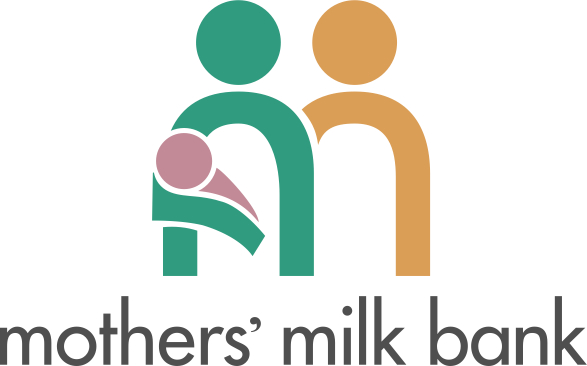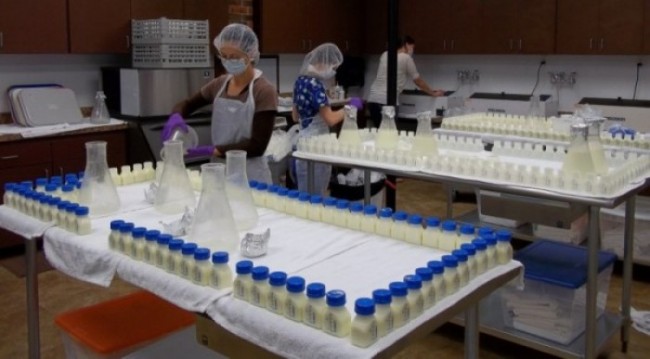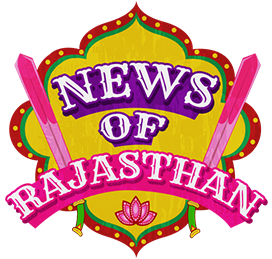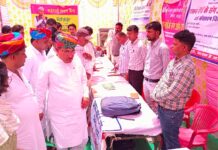

In last one decade, the increasing rate of infant mortality due to poor immunity was a major concern for Rajasthan government. Since doctors advocate the importance of mother’s milk for building up natal immunity, Rajasthan health department came up with the idea of milk bank for the infants. These milk banks relied on little contributions made by lactating mothers and wet nurses. Accordingly, the first ever milk bank of the country was set up in Udaipur last year.
Seeing the immense popularity of DMMB (Divya Mother Milk Bank), the state decided to adopt this model for rest of the state. At present, Rajasthan is leading in this field with three milk banks in operation. Rajasthan government is planning to introduce 8 new milk banks by March this year. This has inspired other states like Madhya Pradesh, Uttar Pradesh, Uttarakhand and Haryana to follow this example. These four states are likely to establish new human milk banks based on Rajasthan Model.
Rajasthan’s First Milk Bank Jeewan Dhara gave the Gift of Life to Young Lives

‘Jeewan Dhaara’ was the first state-run milk bank that was set up in collaboration with the Norwegian government. It was inaugurated at JK Lon hospital in March 2013. Committed to control the infant mortality ratio, Raje government had announced to set up a mother milk bank at every district hospital. Since the inception of DMMB in April 2013, it had collected 40,000 units from 6,193 donors. The milk has saved the lives of around 3,000 infants since then.
The founder of DMMB, Devendra Agarwal had surrendered the DMMB, including cradle points, milk analyser & research centres, breastfeeding clinics and shelter homes to state government. Thereafter, the milk bank in Udaipur has helped more than 4,000 lactating mothers. Women, who were unable to feed their babies due to poor health or nutritional deficiencies were benefited from the clinic.
Now the NTAG is working in association with four other states to establish similar milk banks in India. Hopefully, it’ll help address undernourishment and infant mortality problems in future.







